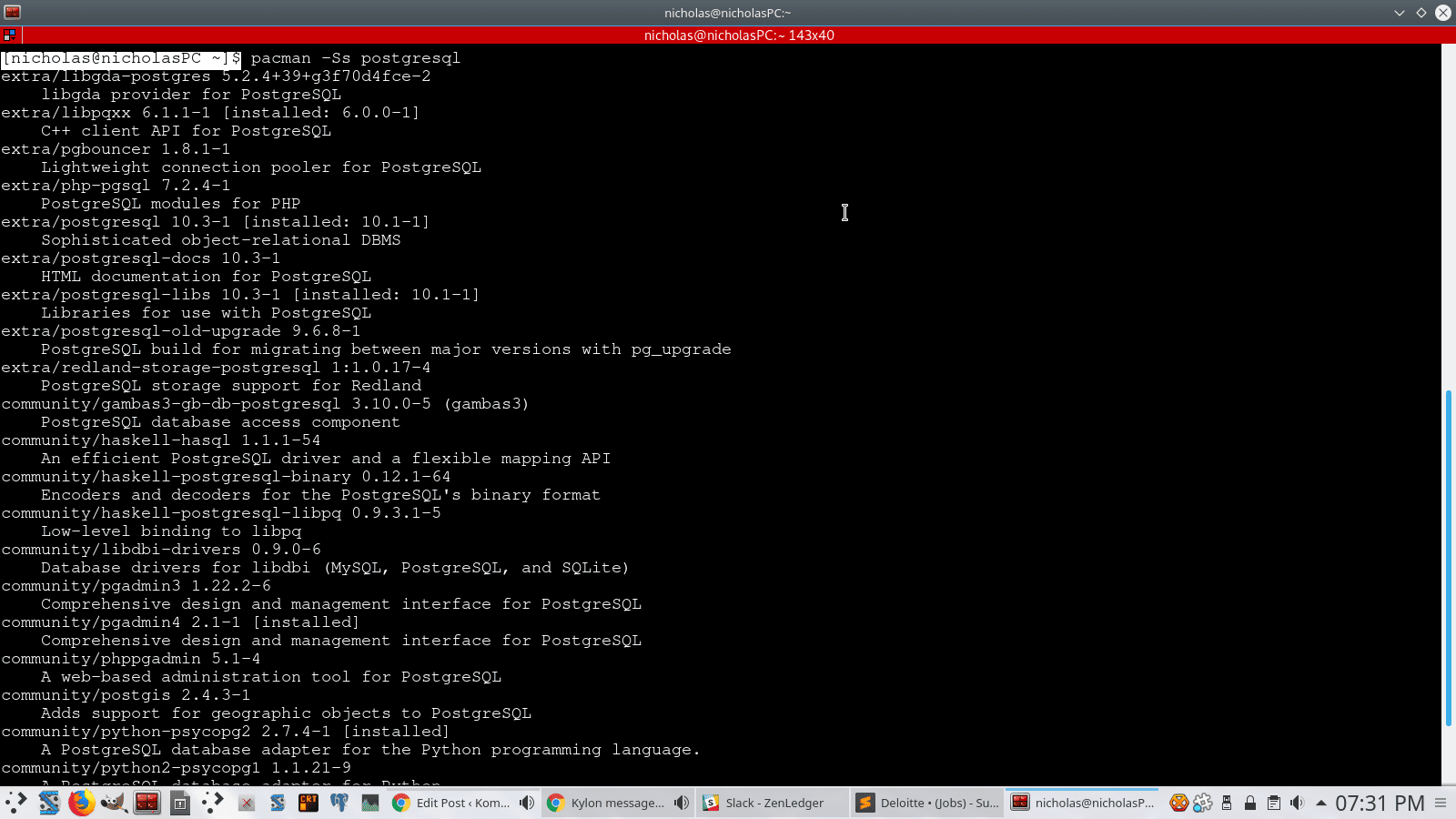NVidia, one of the largest manufacturers of graphics processing units (GPUs) for video cards has brought features offering by their high performance GPU product lines to Linux devices with ARM processors. The features are Ray Tracing and DLSS. Windows PCs using the x86 instruction set architecture as well as the Xbox and PlayStation consoles have dominated the high-end video gaming industry for decades.
ARM-based mobile devices such as phones and tablets running Android and iOS have become very popular for gaming as well. Popular games such as PUBG, Call Of Duty, Fortnite, among others have mobile versions available for these devices — albeit not quite as good as their x86 desktop counterparts. This is because desktop computers aren’t severely power-constrained by batteries like mobile phones are.
Laptops also struggle with limited battery power, and limited overall processing power due to limited space and heat dissipation capabilities. ARM-based laptops have the potential to provide large amounts of processing power with low energy consumption, as shown by Apple’s new architecture in the M1 processors. Linux has already shown that it is capable of running games quite well if developers release Linux versions of their games.
NVidia’s success with this project may lead to NVidia-powered ARM laptops that compete with the biggest players in the PC industry.









